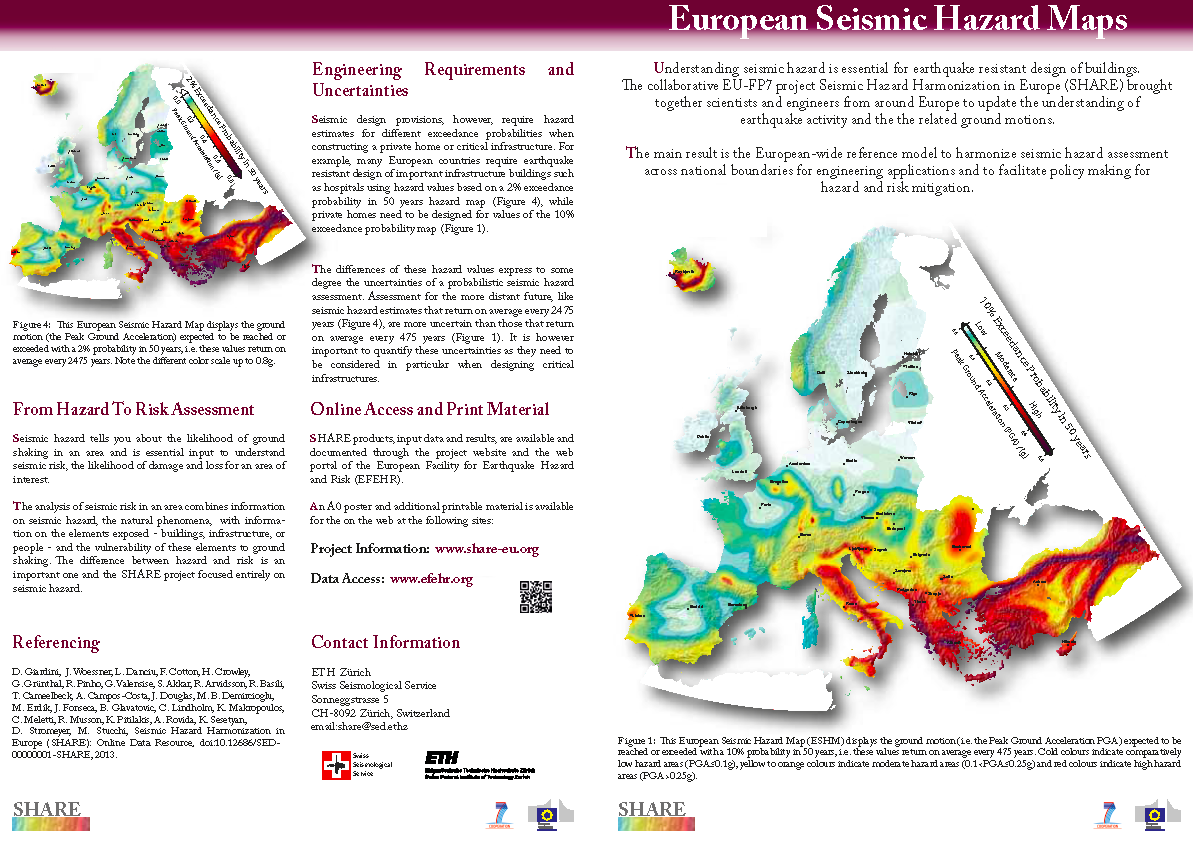Engineering Requirements
Up until the very recent past, seismic design codes and practice tended to exclusively use force-based approaches, which required seismic action to be defined in terms of acceleration demand. In addition, and again till very recently, deterministic ultimate limit design approaches were prescribed by codes, through the specification of a single design scenario (usually related to guaranteeing occupancy life safety) to which structures had to comply. Nowadays the inadequacy of acceleration-only based seismic design as a means of controlling damage is widely acknowledged, due both to the poor correlation between transient accelerations and structural damage, and also to the fact that for post-yield response, forces are essentially constant and deformations control the degree of structural degradation and ultimately stability. A significant number of researchers have developed and proposed over the recent years seismic design/assessment methods that place a focus on controlling displacements/deformations that is at least equal to the emphasis placed on ensuring force/stress capacity.
Recent years have also witnessed the introduction of performance-based seismic design (PBSD), essentially the formalization of often-cited objectives of designing structures to withstand minor or frequent earthquake shaking without damage, moderate levels of shaking with only non-structural damage and severe shaking without collapse and a threat to life safety. In the Vision 2000 document (SEAOC, 1995) this is elegantly stated as the “coupling of expected performance level with expected levels of seismic ground motions”.
The next generation of seismic design codes is expected to fully incorporate the principles of PBSD, which will require a radical change in the way earthquake actions are specified in such regulations.
Contribution of SHARE:
- SHARE will address the issue of defining suitable formats for seismic actions for PBSD, with specific, though not exclusive, reference to Eurocode 8 application documents (Eurocode 8 will become the exclusive seismic design standard throughout the European Community, an area encompassing regions of low and high seismicity, after 2010).
- To ensure the compatibility of the SHARE hazard output specifications with the Eurocode 8 application requirements, we will conduct annual review meetings jointly with the annual meetings of the CEN/TC250/SC8 Committee.
- SHARE will develop seismic hazard models capable of readily and more accurately providing earthquake actions in ways that are appropriate to the estimation of inelastic displacements, since these provide an effective control on damage at different limit states.
- The current practice of defining the loading levels on the basis of the pre-selected, and somewhat arbitrary, return periods will also be carefully scrutinised, and alternative proposals will be presented.


